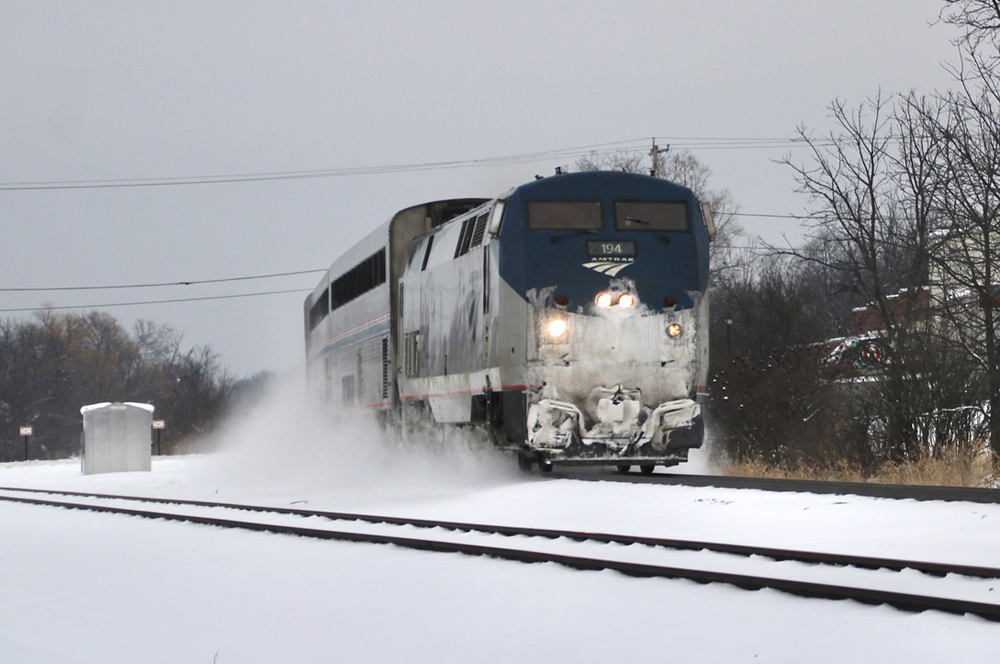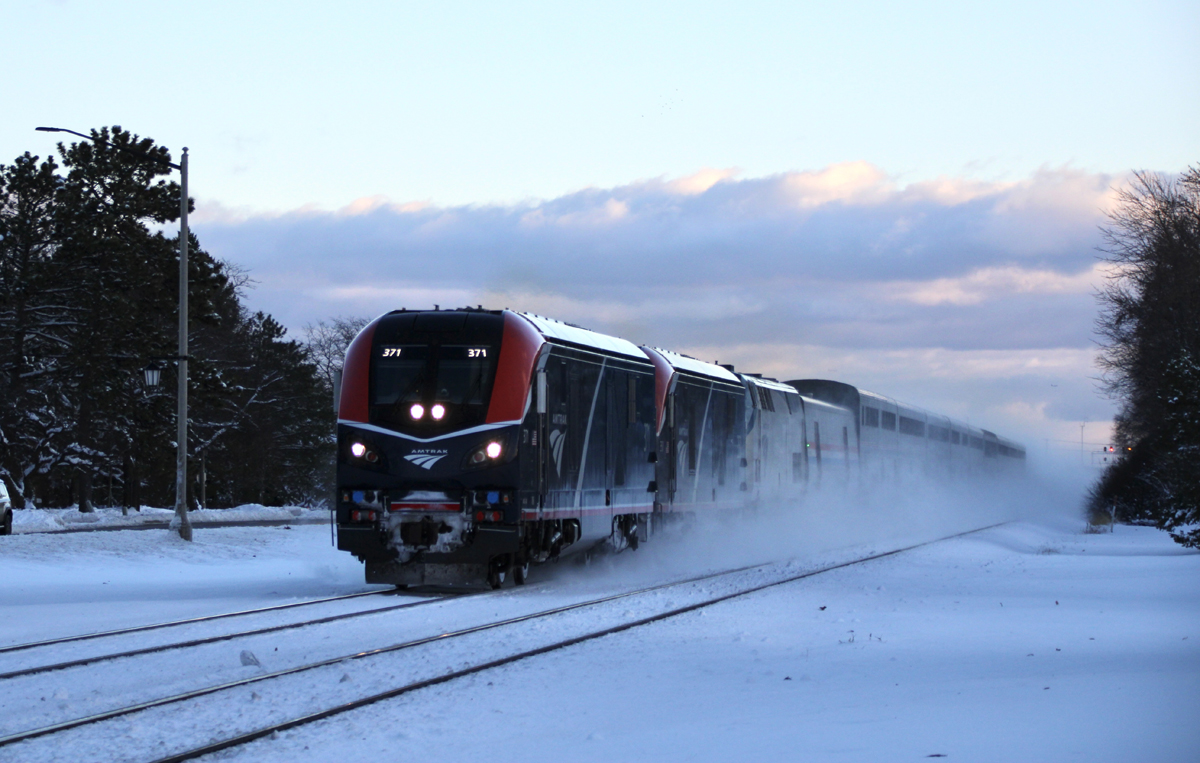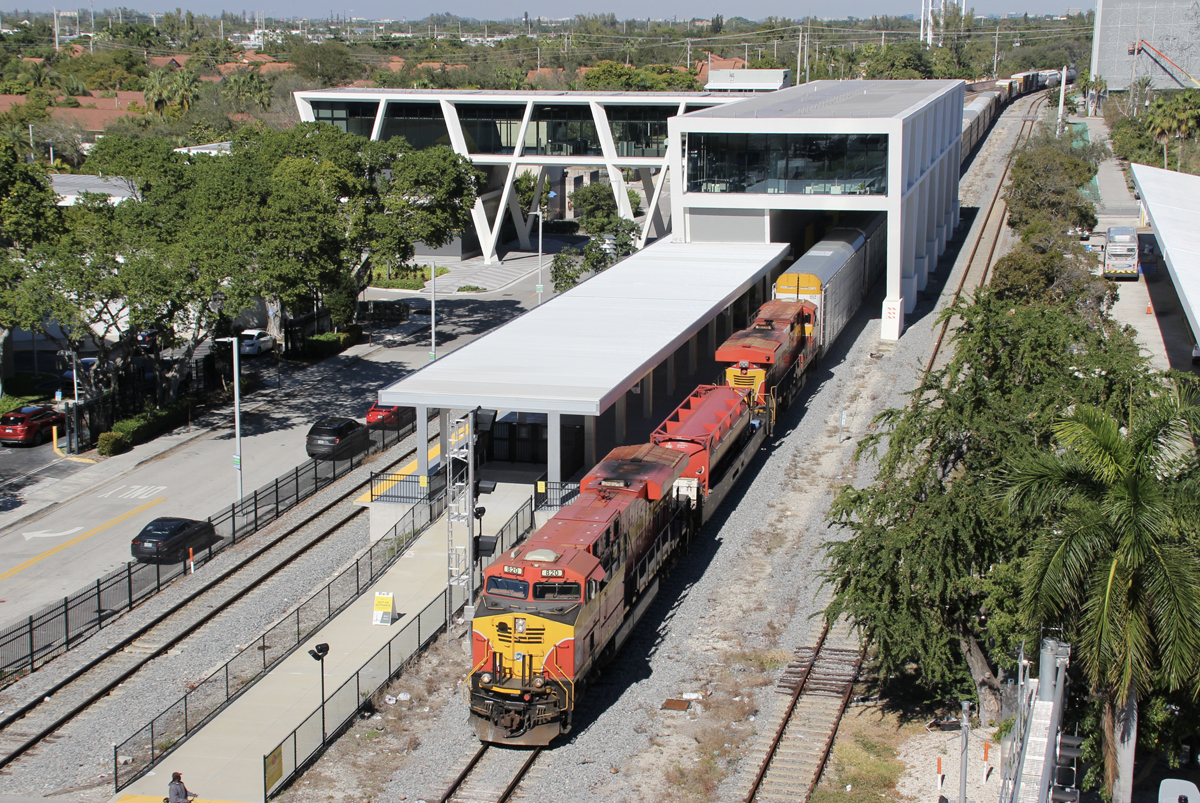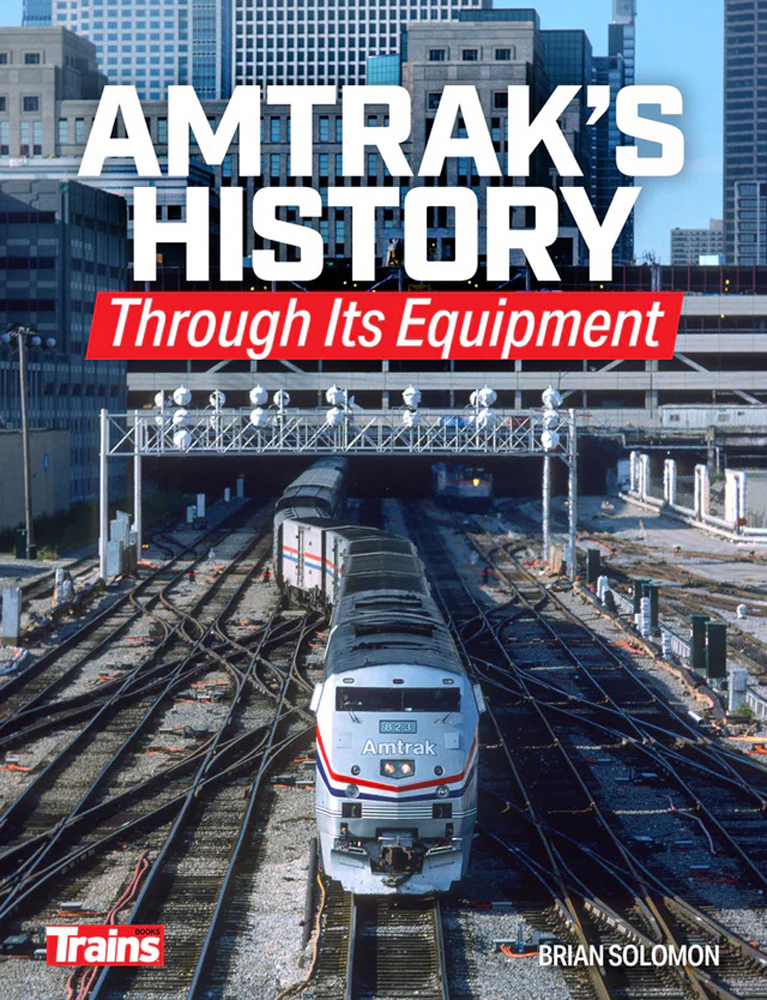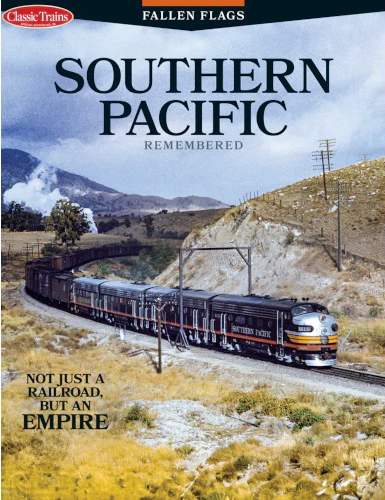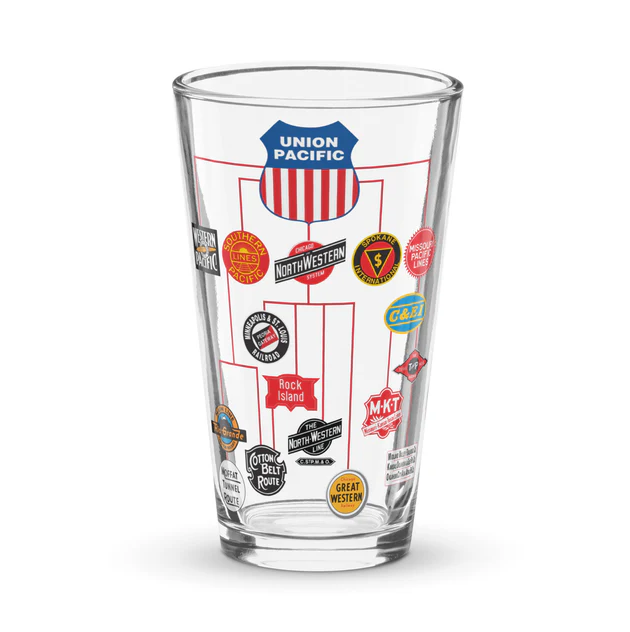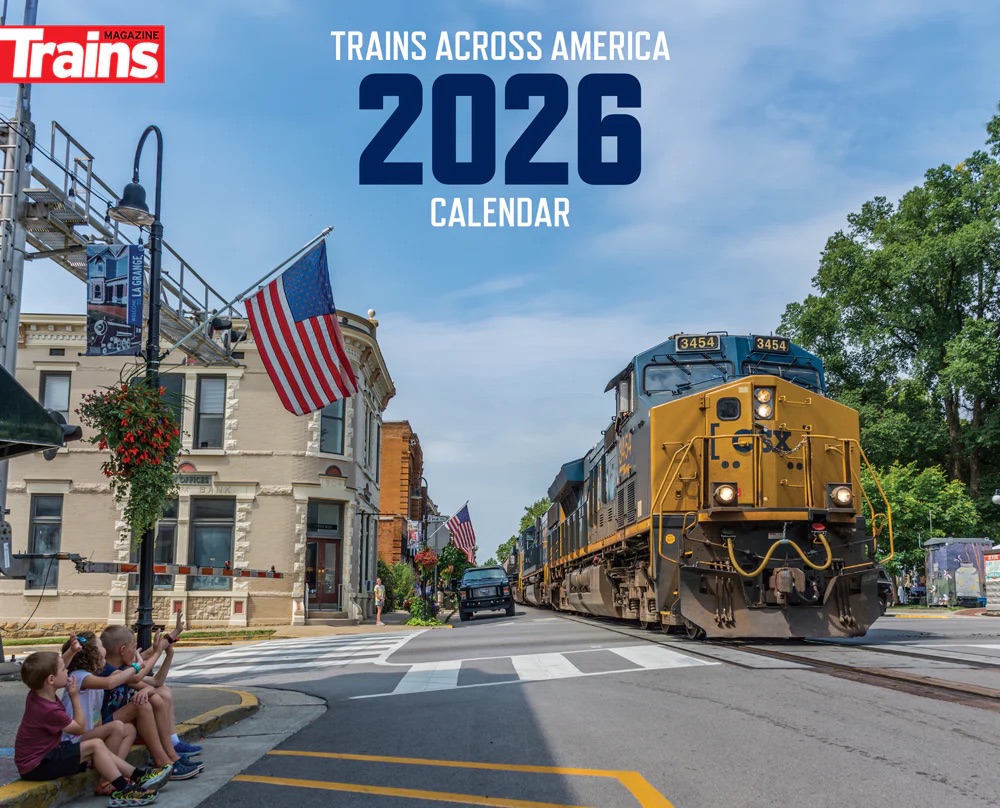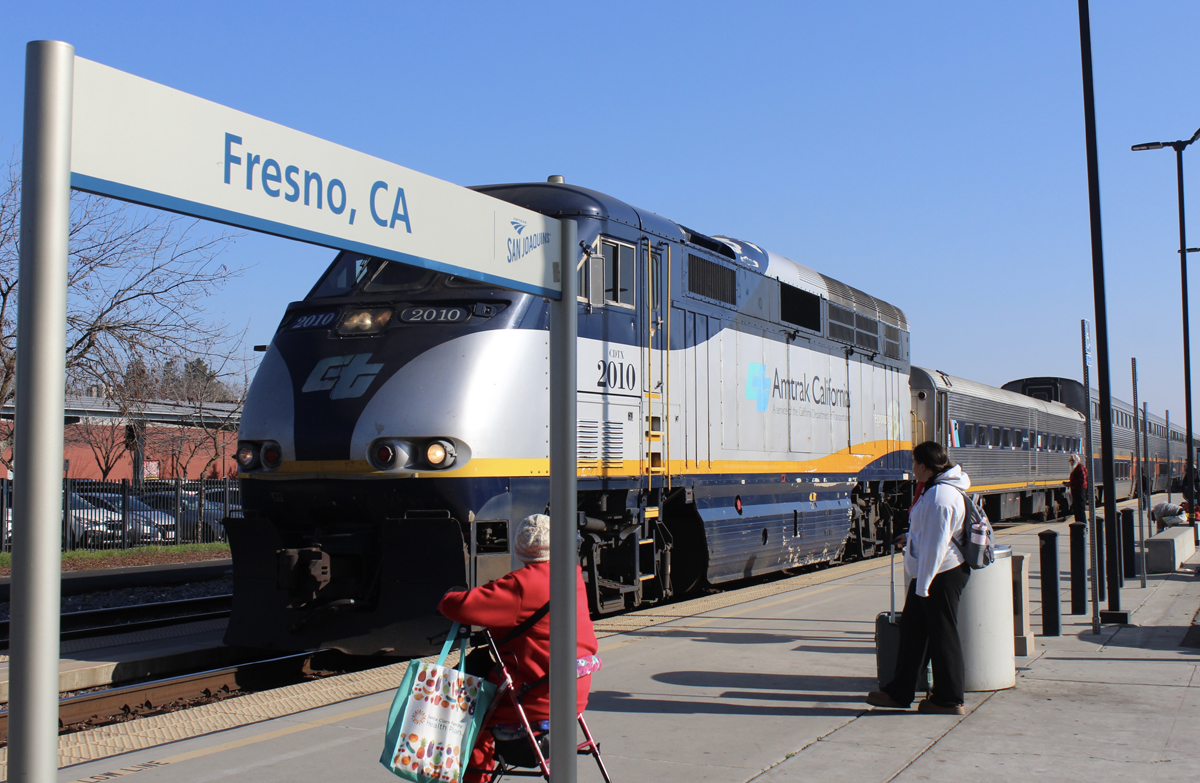
Editor’s note: San Joaquin Joint Powers Authority Interim Director David Lipari provided additional information on Oct. 6, 2025, that corrects and expands upon information that was not available or mischaracterized in the original report. Updated Oct. 7 at 11.45 a.m.
OAKLAND, Calif. — Transit America, a subsidiary of Herzog Transit Services, Inc., has been tapped by the San Joaquin Joint Powers Authority to maintain cars and locomotives for the Amtrak-operated San Joaquins and Capitol Corridor trains.
David Lipari, San Joaquin JPA’s interim director, tells Trains.com that Amtrak was a partner in the transition of mechanical responsibilities, “and supporting its California partners in their vision for a new model for equipment maintenance.” He adds, “The Northern California intercity passenger rail services are comprised of a complex network with evolving needs predicated by a growing fleet of diverse equipment, operational efficiencies, and future integration. The focus was to address the growing fleet and activity in Northern California with a more unified maintenance oversight program with the San Joaquin Regional Rail Commission’s contractor in partnership with the Capitol Corridor Joint Powers Authority and Caltrans.”
The transition began in early September as both the Oakland-Bakersfield route and Sacramento-San Jose Capitol Corridor announced annulments of daily round trips [see “Abrupt cancellations hit …,” Trains.com, Sept. 4, 2025]. The temporary terminations of San Joaquin midday trains Nos. 714 and 717 and Capitols Nos. 520, 534, 535, and 549 were subsequently extended through Friday, Oct. 3. Regular service resumed Oct. 4.
Lipari says the two operating authorities “acknowledge that the service adjustments may have seemed significant; however, they have been necessary .. .as a temporary response to the challenges we face with equipment availability and workforce capacity, and they are not a reflection of diminished commitment to our riders. Our focus remains on stabilizing the service while positioning the San Joaquins and Capitol Corridor for stronger, more reliable performance in the long term.”
The corridors share state-owned equipment. A statement to Trains.com from the Capitol Corridor Joint Powers Authority characterized the cancellations as “unscheduled locomotive repair work. This vital maintenance is necessary to safeguard the long-term reliability of our fleets.”
Asked how the San Joaquin maintenance responsibility change has affected Capitol Corridor maintenance work, spokeswoman Vernae Graham says, “Like with any transition, there is an adjustment period underway. We’re continuing to work with our partners to ensure maintenance standards remain consistent.”
Regarding reports that 13 multi-level commuter cars and three F40 locomotives leased from Caltrain by the California Department of Transportation are heading to the Capitol Corridor, Graham says,” those details are being discussed and reviewed, and we don’t have anything further to share right now.”
San Joaquin maintenance, equipment concerns
The San Joaquin Regional Rail Commission is the umbrella operating entity for both the Altamont Commuter Express and San Joaquin Joint Powers Authority. The commission previously engineered an agreement for Herzog’s subsidiary to maintain newly arriving, California-owned Venture equipment, as the Herzog company has done with ACE trains since the commuter carrier began operating between Stockton and San Jose in 1998.
An emailed response by the San Joaquin Joint Powers Authority to a series of Trains.com questions notes, “When we took over the intercity fleet, we found a large number of defects that didn’t meet our quality standards. Since then, our team has been working around the clock. For example, one F59 locomotive had been out of service for 600 days. We sourced a fully rebuilt engine, secured all needed parts, and put it back together. We’ve also tackled major wreck repairs in-house with Herzog’s expertise and outside contractors, completing three so far. Within our first week, we restored six cars to service.”
Lipari emphasizes to Trains.com, “It is important to provide clarity as these changes move forward so that our stakeholders and passengers have the most accurate understanding of how responsibilities are shifting. Additionally, Amtrak maintained the equipment in full compliance with all FRA requirements, and both San Joaquin and Capitol Corridor Joint Powers Authorities reject any characterization of equipment previously operating in San Joaquins or Capitol Corridor service as safety deficient.
He says that prior to the mechanical services transition, all the parties conducted inspections and formally accepted the equipment and none was rejected during the process. “In some cases,” Lipari adds, “non-safety critical maintenance had been delayed due to cost considerations, parts availability, or the need to keep equipment in service. These decisions were made in conjunction with the state of California. Following the transition, the state and the San Joaquin Joint Powers Authority proactively chose to address outstanding non-safety-critical maintenance items.
“We also want to underscore our appreciation for Amtrak as our valued operating partner. Their collaboration has been critical in supporting us through this transition and in managing service adjustments. We look forward to continuing our partnership with Amtrak as we work toward a more reliable and resilient future for the San Joaquins.”
Food service changes
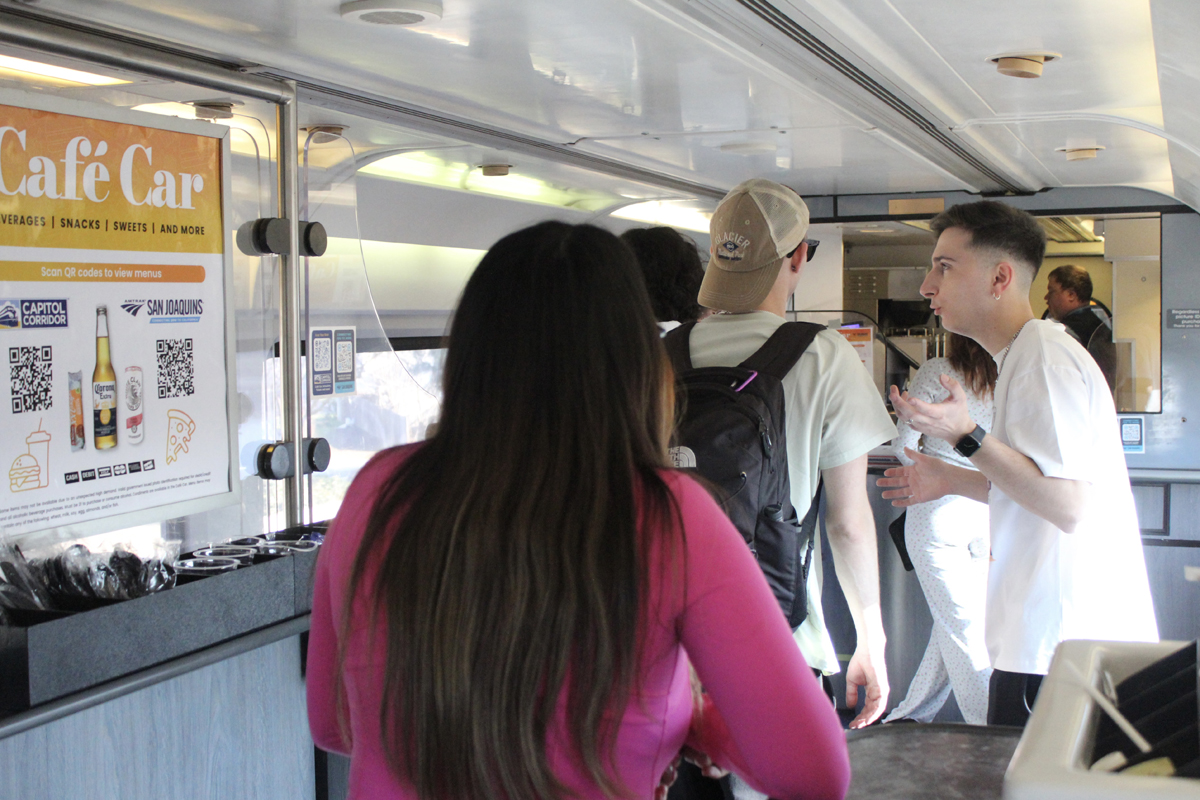
Relations between Amtrak and the San Joaquin Joint Powers Authority have been strained for some time over cost allocation issues, but most recently over the expense Amtrak has been charging to provide food service. In part, this led to the authority’s decision to drop Amtrak’s participation and switch Venture cafe cars to a self-service model from the cafe design originally specified, which led to construction and acceptance delays.
“There is no timeline on deployment of the Venture food service cars,” authority spokesman Ahdel Ahmed tells Trains.com. “We have a team dedicated to fitting the vending equipment into the cars and bringing on a food and beverage manager to help us with the front and back end once we move forward.” He says the team is also reaching out to local vendors, “to see how we can make this work.”
Because the San Joaquins and Capitols share equipment and the San Jose-Sacramento trains will retain traditional cafe service, Ahmed explains, “We are in the process of developing a storage solution that resembles the snack station on Venture cars that can be set up and taken down easily to help with the transition of service between the San Joaquins and Capitols.”
Cab cars still sidelined
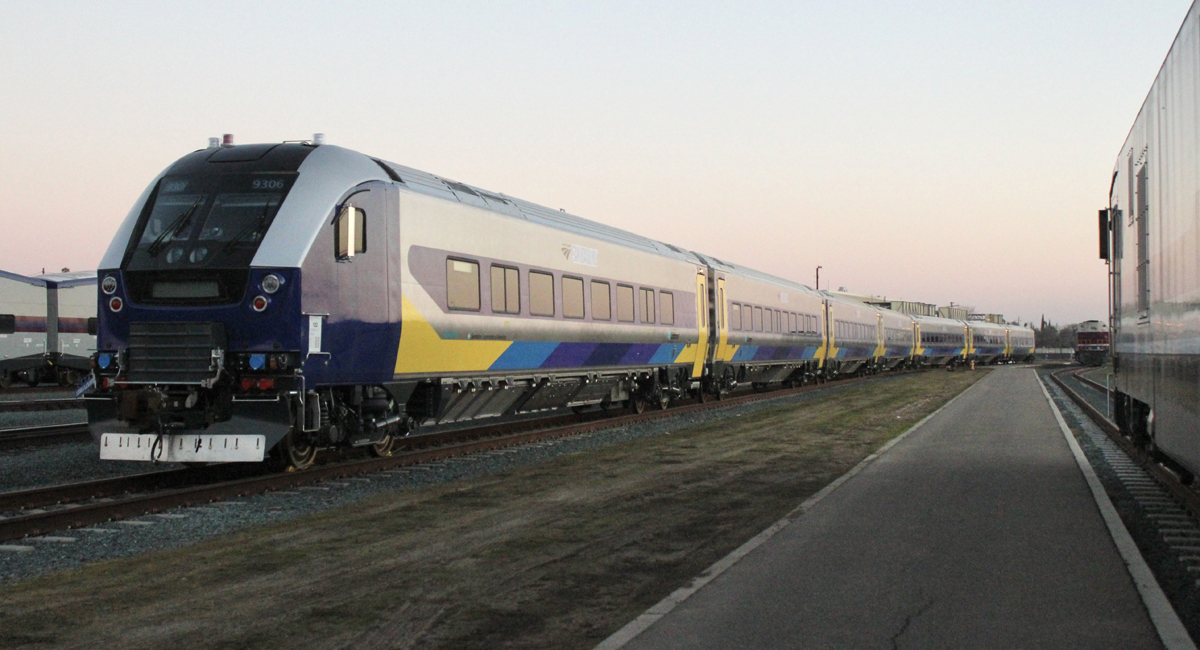
Also not in service are the Venture cab cars, officially still going through the commissioning process about a year after Siemens first delivered them. The cab cars share structural similarities with equipment VIA Rail Canada has been operating in revenue service since 2023.
Sources tell Trains.com that the primary reason the California versions are not running is that they are not shunting signals properly on BNSF Railway tracks through the San Joaquin Valley. The host railroad has imposed a 32-axle-count requirement on passenger trains operating there for years. Until now, there has not been equipment specificity attached (as is the case with Canadian National’s Superliner-only edict in Illinois); the San Joaquins have had baggage cars and Viewliner II dining cars deadheading for that purpose.
The authority has yet to respond to specific questions regarding the cab car deployment delay, but it is assumed that the cab cars won’t operate until shunt-enhancing antennas are added. [See “Seeking answers on ‘loss of shunt’ …,” Trains.com, Sept. 6, 2023.] Siemens’ new Airo trainsets will apparently be so equipped, though who will pay for retrofitting locomotives and how much money is involved has still not been publicly disclosed.
Trains to be rebranded as ‘Gold Runners’
Despite all of these challenges, the San Joaquins are soon to be rebranded as Gold Runner trains. Details of how the new service will differ and the date of the changeover are to be announced within the next few weeks, but the change signals another way the San Joaquin Commission is seeking to create a unique identity apart from a strictly Amtrak operation as it embarks on increasing regional connectivity.






